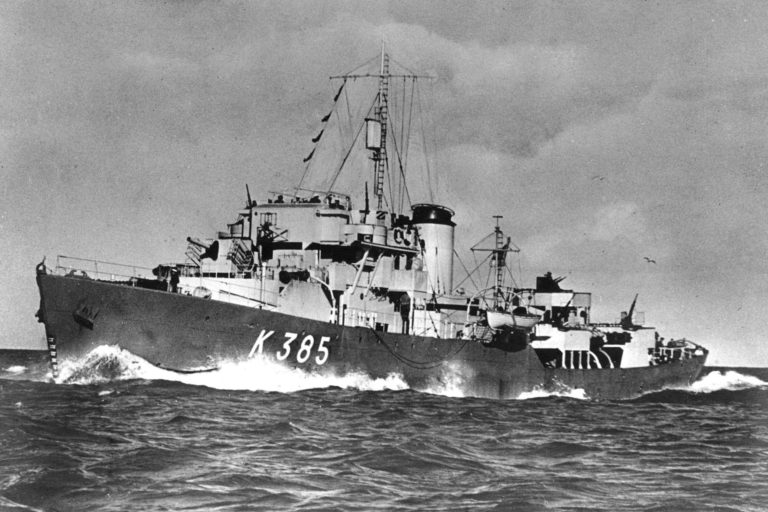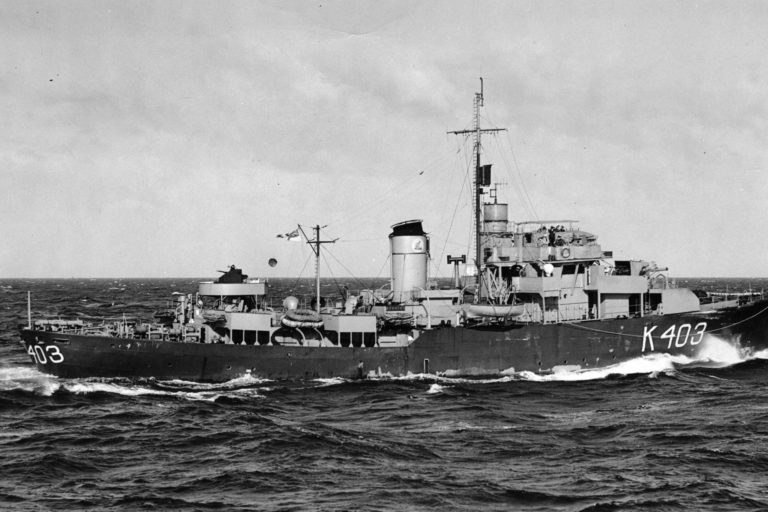Range of Firearms used in the Navy
1870-1914
Snider Artillery carbine. Used 1875-1900
Selected in 1867 by the British Army. It utilised a system that converted muzzle loaders to breech loaders. Used by the Royal Field Artillery. Unfortunately it proved not to be very successful. The introduction of the breech-loading Martini-Henry rifle in 1871 made these weapons obsolete.
Lee Metford bolt action rifle
Three models were issued of this rifle. The Mk 1 was adopted in 1888 with eight shot magazine. Mk I* was adopted in January 1892 with revised sights and eight round magazine. The Mk II adopted in 1892 had a 10-shot magazine. These were disposed of during the First World War and replaced by either Lee Enfields or American produced weapons. Used from 1895 to the First World War.
Webley Mk I Revolver
This revolver was adopted by the British in 1887. It has a .442 calibre. Webley revolvers were standard issue for British forces for nearly 60 years.[1]
First World War
Lee Metford bolt action rifle 1914-1918
Three models were issued. The Mk 1 adopted in 1888 with eight shot magazine. Mk I* adopted in January 1892 with revised sights and eight round magazine. The Mk II adopted in 1892 had a 10-shot magazine. These weapons were still in use in 1914 in the absence of Lee Enfields.[2] Note that Mk II and Mk II* Lee Metfords were converted to Lee Enfields and known as Rifle No. 1 Short magazine Lee Enfield Mk II (CNVD).[3]
Webley Mk VI revolver 1915-1945
This firearm was first introduced in 1915, and after 1927 also known as a No 1 Mark VI. Over 300,000 of these weapons were produced. They were standard issue for officers in the First and Second World War and became obsolete in 1947.[4] At .455 calibre it is a large cartridge and would have given a fair kick when fired but it had stopping power. It would have been issued for naval service.
Lee Enfield rifle (Short Magazine) Rifle No 1 Mk III. 1914-1955
This was adopted during the First World War, some 2,000,000 made 1914-1918. This model was last manufactured in 1943 in the UK. A Mk III model was made in Indian and Australian factories up to 1955.[5] The Mk III was replaced by Rifle No. 4 Mk 1 (1932) and Mk 1* (1939) and were the standard bolt action rifles used by British and Commonwealth forces during the Second World War.[6]
Second World War
Enfield Pistol No 2 Mk I Revolver
This revolver was produced by Enfield from 1927 to 1938. It was a six-shot revolver of .38 calibre officially adopted by Britain as a personal sidearm in 1932. Two variants were issued in 1938 (Mk I*) and Mk I** (1942). This pistol remained in use until 1957, when it was replaced by the FN Browning High-Power semi-automatic pistol.[7] It was not a great pistol as it had limited range. In most respects they are a copy of the Webley Mk VI in terms of operation. As for the Webley, it would have been issued for naval service.
Sten Mk II
This light submachine-gun was developed at the outbreak of the Second World War as a cheap, easily manufactured weapon for issue to the Armed forces. The Mark II was issued after 1941. The Sten in various marks remained in use in the British forces until it was replaced in 1953. It was widely issued and also many were given to Commonwealth forces and resistance movements in Europe.[8] It was superseded by further Marks with refinements during the war and was used in the Korean War.[9]
Smith & Wesson pistol (Victory model)
Around 20,000 were produced. The .45 calibre Model 1917 pistols were supplied to the British after Dunkirk by America. At this time, Britain was purchasing weapons from wherever they could find to requip their forces. There were also supplies of the .38/200 pistol distributed at the same time. They were obsolete by the end of the Second World War and replaced by semi-automatics.
Bren MK I Light Machine Gun
The Bren was developed in the mid 1930s from a Czech weapon. Production started in 1937 and was adopted in 1938.[10] The Bren was the main light machine gun used during the Second World War by British and Commonwealth forces. It was designed for fire support to infantry units but was used for Anti Aircraft defence. It remained in service until after the 1960s and was converted to the standard 7.62mm cartridge.[11] It is a rugged, accurate, simple, and reliable weapon and was one of the best light-machine guns to have been used in the Second World War.
1945-1960
Lee Enfield Rifle, No.4 Mark II
Developed at the end of the Second World War and issued up until it was phased out by the FN L1A1 SLR. Armed forces would have been using it into the 1960s before it was eliminated from front line use.
Lanchester sub machine gun 1941-1950s
It was developed in the interwar period based on the German MP 28 II submachine gun used at the end of the First World War. The Mark I was introduced in 1941, with a selective fire mode and later in the war an Mk I* with automatic fire capability was issued. It was only issued to the Royal Navy and presumably, Commonwealth navies. It is an expensive and difficult weapon to make, therefore was only produced in limited quantities.[12] It was never used as a front line weapon, hence its appeal for use by the Navy.
American .45 Semi Automatic Pistol. Used in Korean and Vietnam Wars.
FN L1A1 SLR (self loading rifle). Used 1962-1990s.
This was part of the NATO standardisation programme in the 1950s. This weapon was produced in the UK known as a Light Automatic Rifle and is a British version of a Belgian weapon.[13] This was a standard weapon introduced in NZ services in the 1960s and only replaced in 1990 by the Steyr.
[1] W.H.B. Smith, Small Arms of the World: A Basic Manual of Military Small Arms, Revised eighth ed.,, n.p.: Stackpole Books, 1964, pp. 238-239. See also Ian Hogg, The New Illustrated Encyclopedia of Firearms, London: New Burlington Books, 1992, p. 64.
[2] W.H.B. Smith, Small Arms of the World: A Basic Manual of Military Small Arms, Revised eighth ed.,, n.p.: Stackpole Books, 1964, pp249-250.
[3] ibid., p. 250.
[4] ibid., p. 239.
[5] ibid., p. 251.
[6] ibid., p. 252.
[7] ibid., pp. 242-243.
[8] ibid., pp. 261-263.
[9] Ian Hogg, The New Illustrated Encyclopedia of Firearms, London: New Burlington Books, 1992, p. 288-289
[10] ibid., pp. 96-97.
[11] W.H.B. Smith, Small Arms of the World: A Basic Manual of Military Small Arms, Revised eighth ed.,, n.p.: Stackpole Books, 1964, pp. 279-281.
[12] ibid., p. 261.
[13] ibid., pp. 257-258.

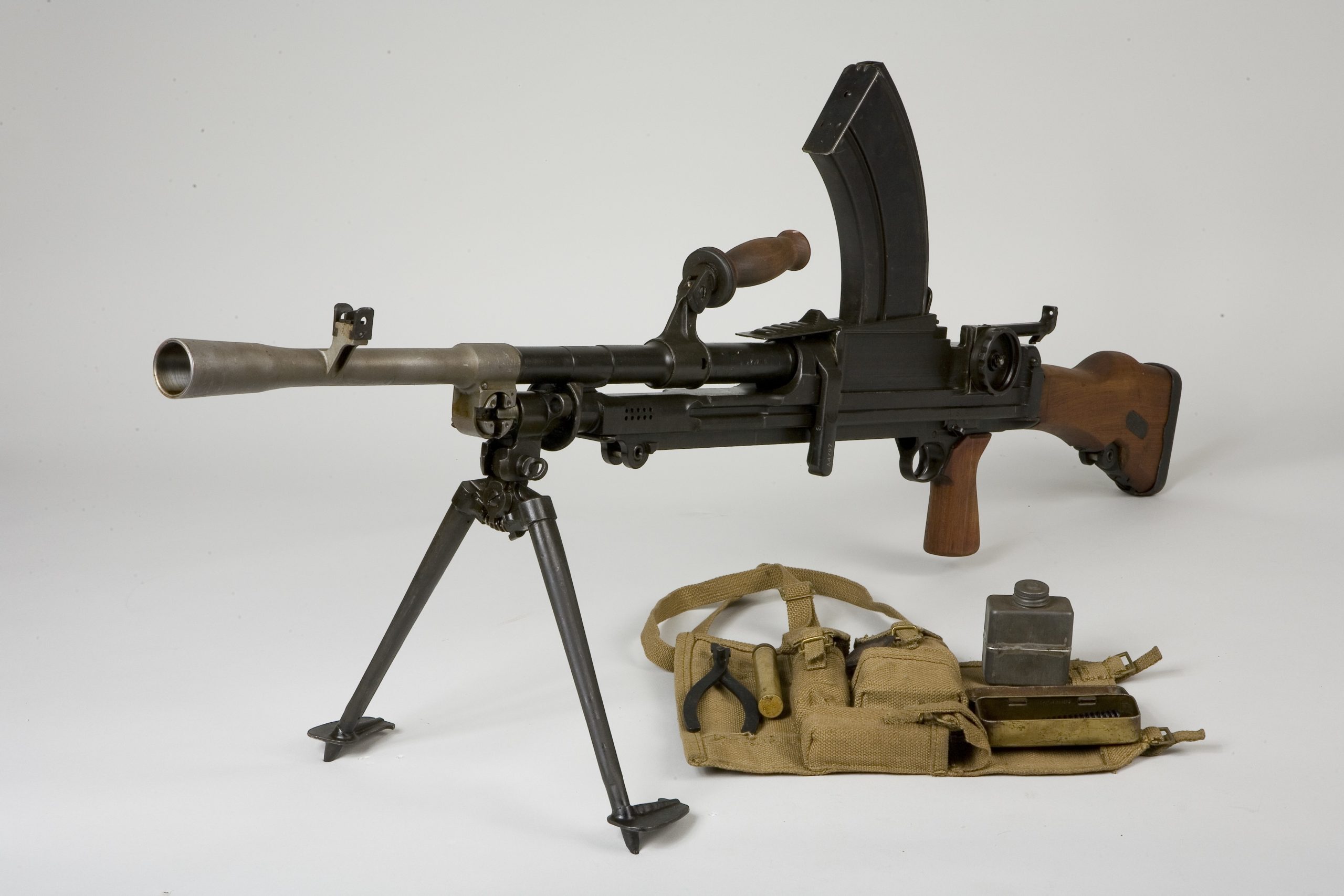

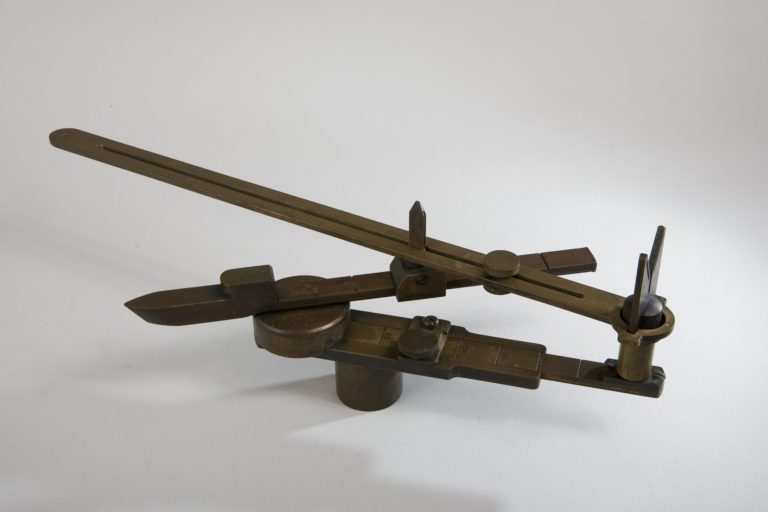
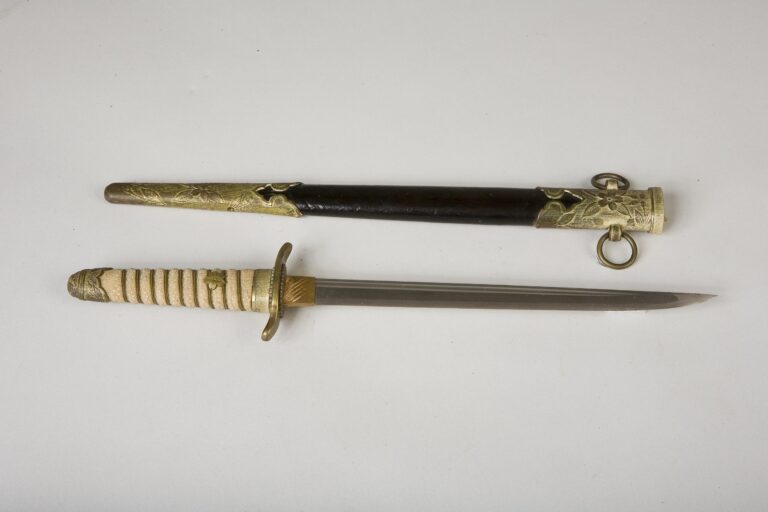

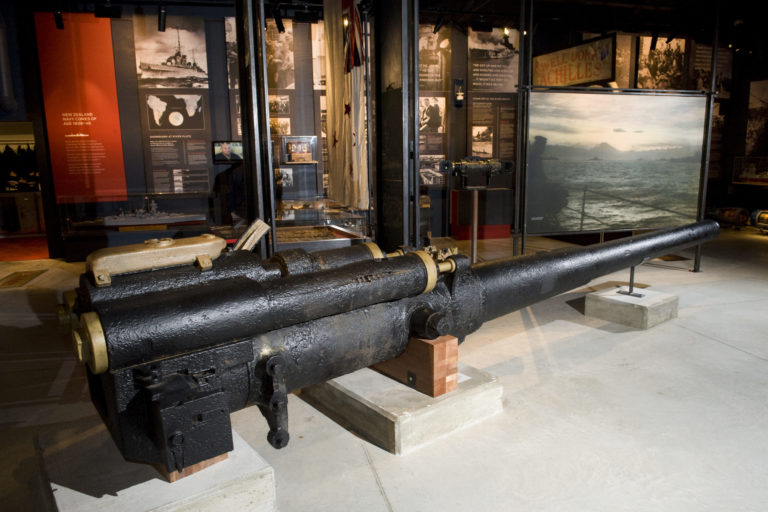


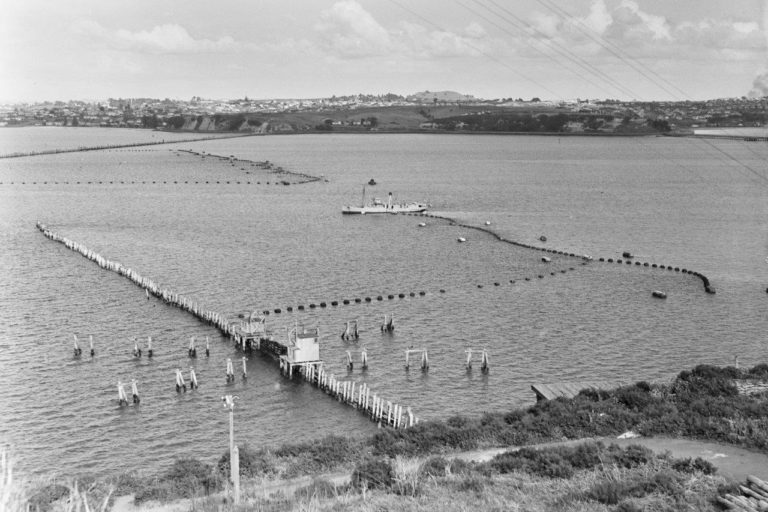
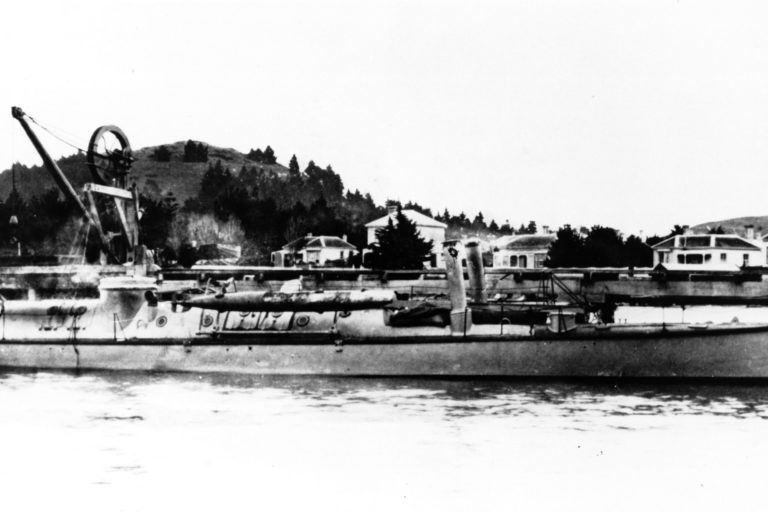
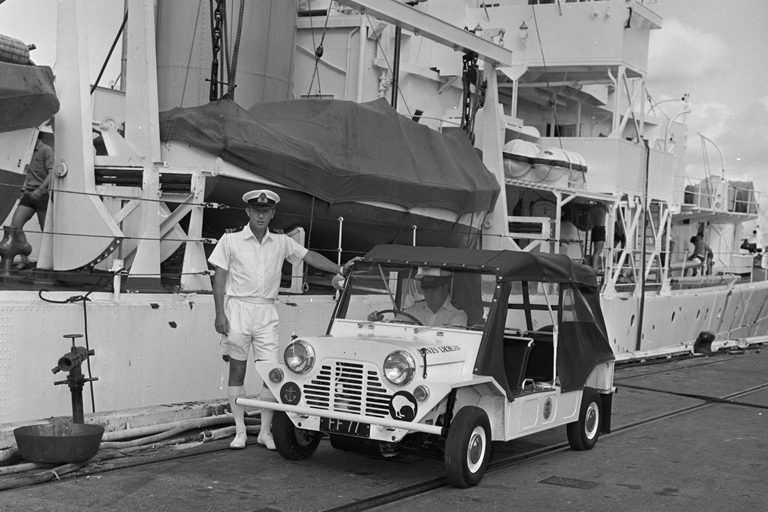


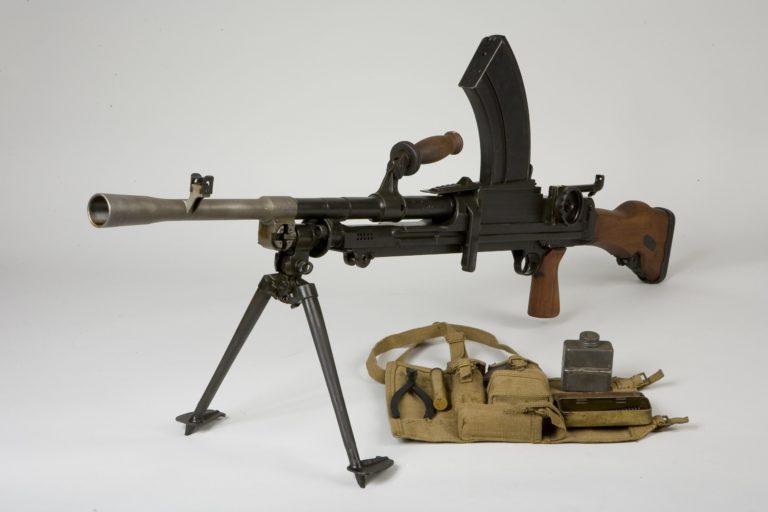
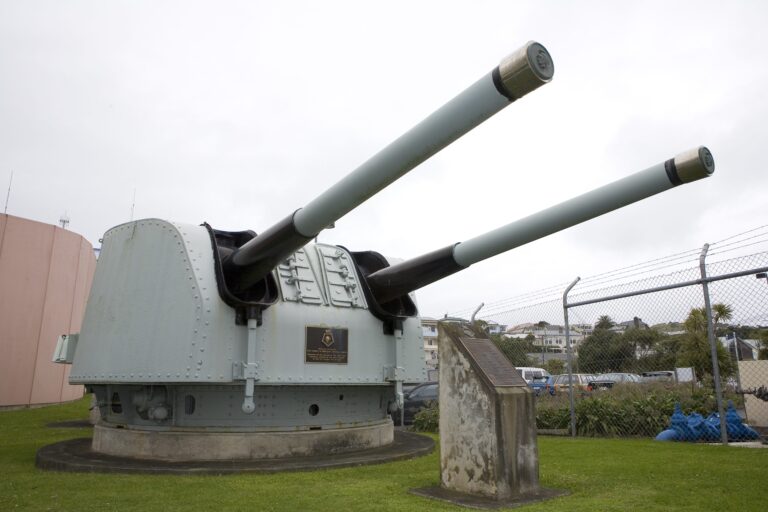
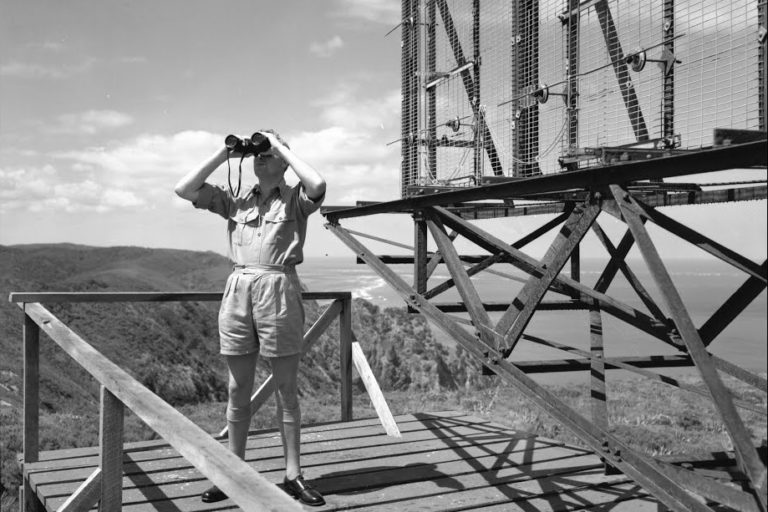

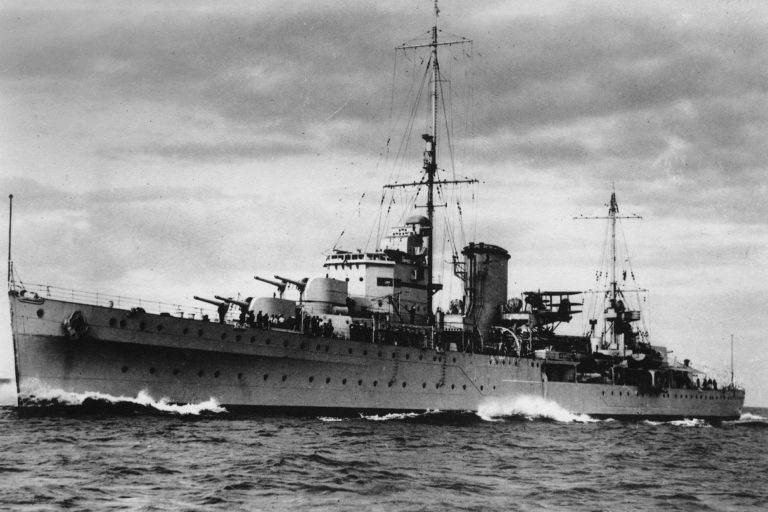
![Amokura Training Ship Amokura [formerly HMS Sparrow]](https://navymuseum.co.nz/wp-content/uploads/amokura.jpg)
